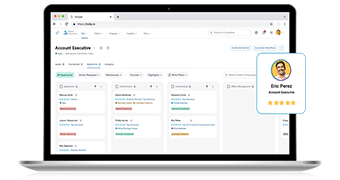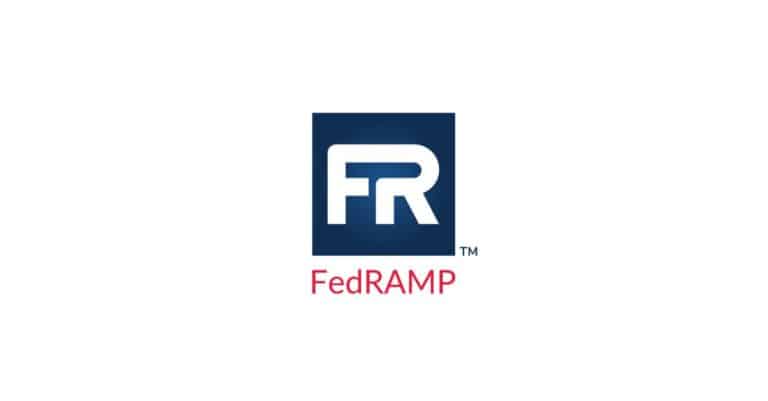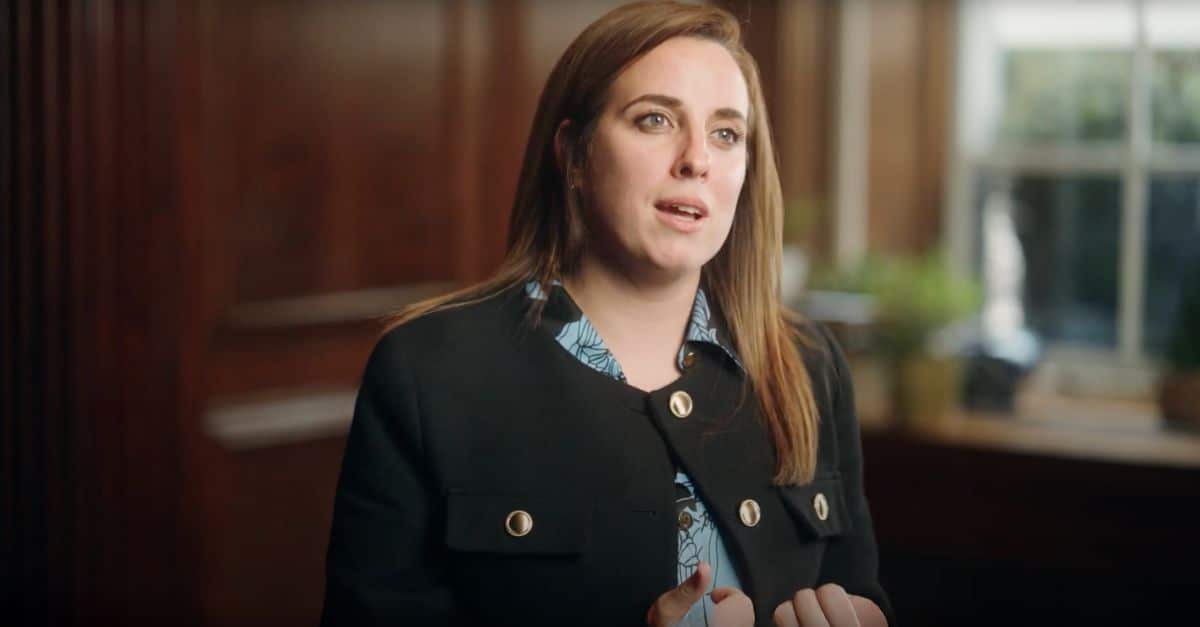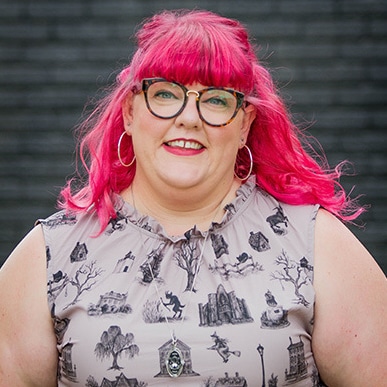- Gaining a competitive edge in the job market and working faster are two perks Moderna discovered by using talent intelligence.
- Redefining success regularly is key to actually being successful in using AI.
- Check your perfectionism at the door: talent intelligence is about trying, testing, and figuring things out as you go.
How do you rapidly grow a start-up organization, switch to hiring for skills and potential, and develop a vaccine desperately needed during a global pandemic?
That’s the story at Moderna. Over the last four years, the pharmaceutical leader fearlessly tried new ways of work to figure it out as they went along — it’s a leap of faith that continues to serve them well.
“I had no idea what I was stepping into or how to do this,” Amanda Sorrento, Senior Vice President, People Platform and Organizational Architecture at Moderna, said about her team’s journey toward using AI for HR.
“When we joined, it was this very rapid acceleration. I don’t think we totally knew where the trajectory was going. We had a lot of confidence in our technology, and we had the passion to want to solve and leverage our technology for the betterment of patients in the human health crisis taking place.”
It’s a passion that’s led to creative problem-solving and rewarding growth. Sorrento shares her organization’s experience adopting talent intelligence at a moment of critical growth, how it changed their trajectory, and what they still have left to learn in the latest episode of The New Talent Code.
Amanda Sorrento explains how using talent intelligence has allowed Moderna to hire better quality candidates, adapt success metrics to the data, and why AI isn’t scary in this episode of The New Talent Code.
Why talent intelligence
You might wonder why, when faced with a global pandemic, a pharmaceutical company would turn their attention to AI, but it’s that exact circumstance that warranted the need for the tool.
“We knew we needed to get more digitally enabled in our processes,” Sorrento said. “We were hiring thousands of employees a year, and because we were such a small company — and really, essentially a start-up at that time — we didn’t have very mature systems or processes.”
What started as looking for a digital scheduling tool quickly became adopting talent intelligence. It allowed the HR team to work faster as they rapidly onboarded new employees needed to finish developing a COVID-19 vaccine.
It was also a way for the company to gain a competitive edge in a then-fierce job market.
“The war for talent [was] tremendous, so it was another way for us to advance,” Sorrento said.
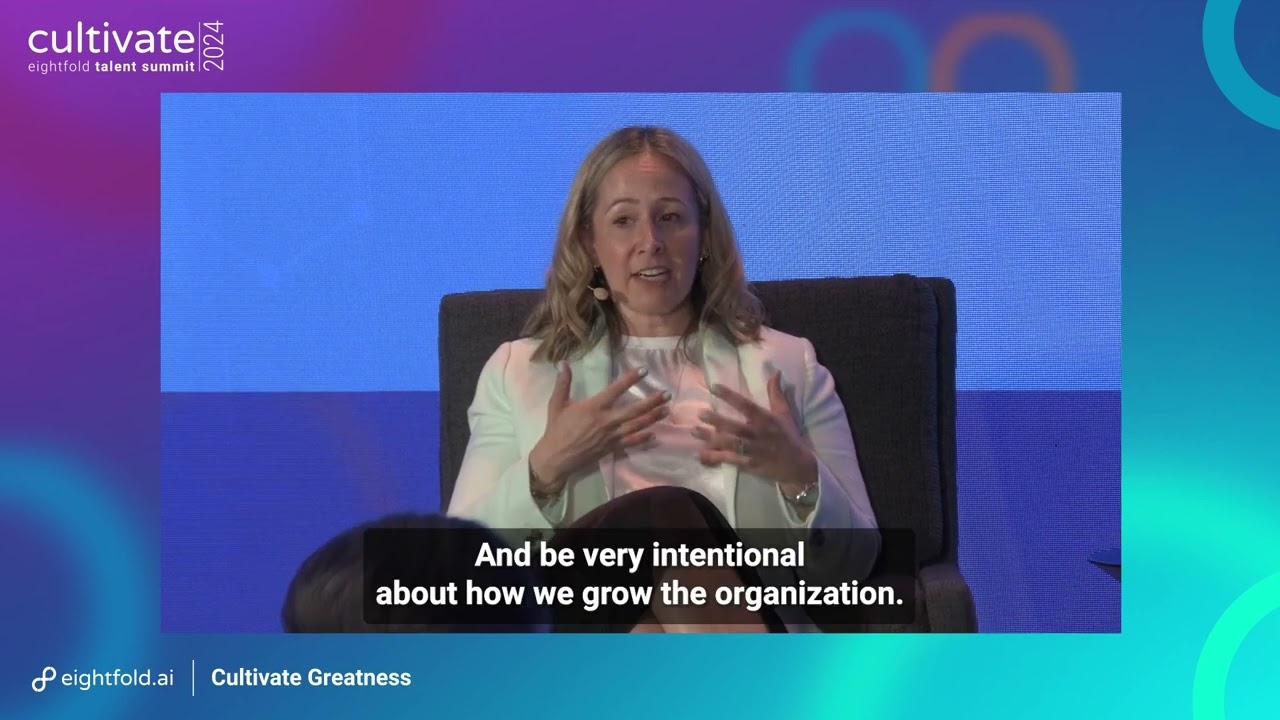
Amanda Sorrento, Senior Vice President, People Platform and Organizational Architecture at Moderna, talks about how her organization adopted an intentional mindset around AI.
Responding to the data
With that rapid growth, Moderna also found themselves needing to change their approach to hiring and sought to focus on hiring for quality, not just résumé fits.
“We have very distinct values and mindsets that we like people to operate with,” Sorrento said. “It’s how we think we’re going to do the best for patients at the end of the day. You can’t just get that from a résumé in somebody’s 20-year history. That’s the stuff that causes you to look at it first of all, but it doesn’t tell the whole story. That’s where thinking about skills and talent intelligence comes in.”
The HR team used data generated by AI to measure how they were doing, where they were having success, and where they were delivering returns on investments.
“The more the data shows you’re having success, the easier it becomes for everybody to lean into it and adopt it as a way of operating,” Sorrento said.
It also helped with leadership buy-in. “As an organization, our culture is important to us and important to our success,” Sorrento said. “If the data is there, you can show success in that realm. You can get people on board.”
Why defining success is a moving target
As Moderna has moved through their journey, though, defining success has evolved. What started as finding new hires that were a culture match has turned into redefining how HR functions.
“We’re actually working right now with our analytics team to develop our beliefs on how do you measure that in the organization, which then enables you to start thinking about the quality of the interviewer, which then enables you to think about how do you develop your hiring managers in a way that can bring forward that quality of hire,” Sorrento said. “So [it becomes] a full system but starts with that metric because then it helps you really understand what’s going on in the organization and what you can do more of.”
Their goal is to get to a place where they can best understand what’s going on in the organization and what they can do more of or what they can do differently.
They’re also hoping calibrating their definition of success will help continue to evolve process, training, and how they’re leveraging technology.
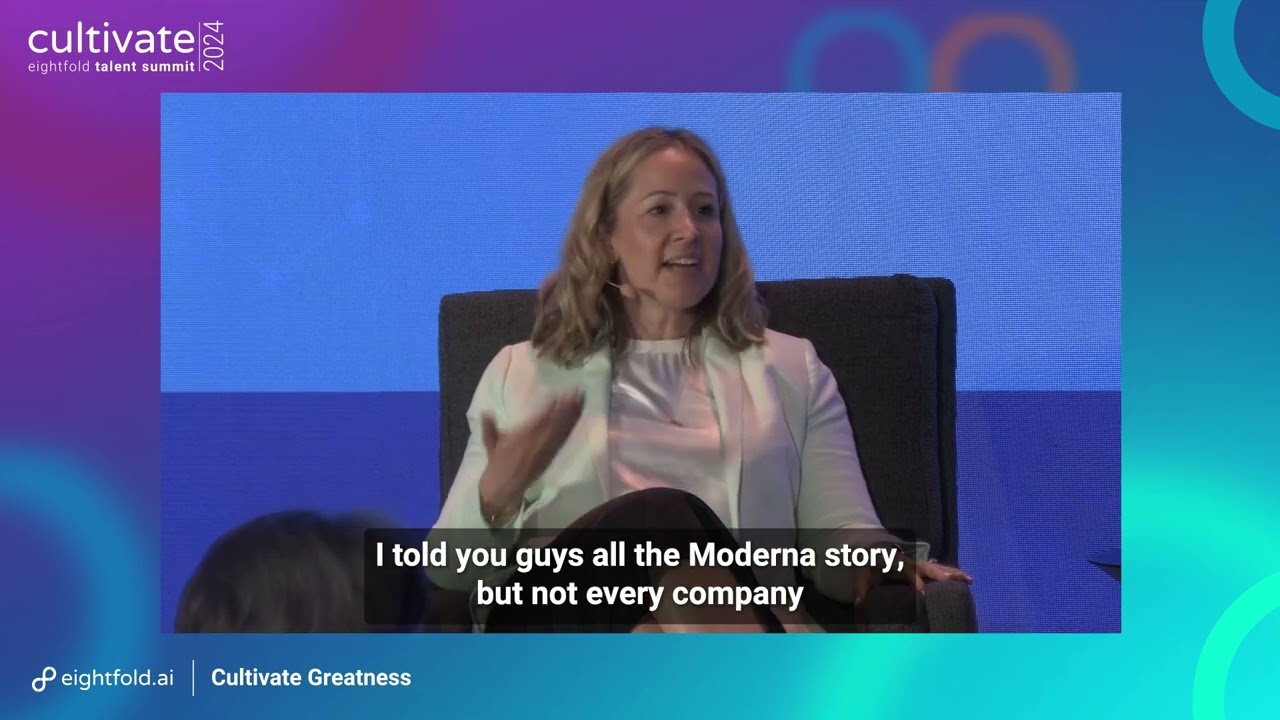
Amanda Sorrento, Senior Vice President, People Platform and Organizational Architecture at Moderna, shares her best advice for getting started with talent intelligence.
Best advice: don’t be scared
AI still feels like a big unknown to many, but Sorrento encourages HR professionals to jump in, give it a try, and figure it out as they go along.
“Our CEO was a very early believer in AI and what it could do,” she said. “He brought back the excitement of what it can do for our organization.”
That excitement was palpable across the organization and motivated others to get started.
“I started playing with it, and then I talked to people who were also playing with it for the first time,” Sorrento said. “That sharing of ideas, those lightbulb moments when you’re like, ‘Oh my god, wait — I can do that with this,’ are amazing.”
She also recommends starting simple — doing things like using generative AI to revise job descriptions in 45 seconds rather than taking 45 minutes to revise it manually.
“Once you start going that, the road just starts moving, and the possibilities are endless,” she said. “If it is something that makes you feel nervous, play in ways that you feel are safe for you because I think that will create comfort that it isn’t actually a scary tool. It’s not here to take our jobs. There’s responsible ways to use it, and you move as the technology evolves.”
Listen to the full episode of The New Talent Code with Amanda Sorrento on our website or wherever you listen to podcasts.

